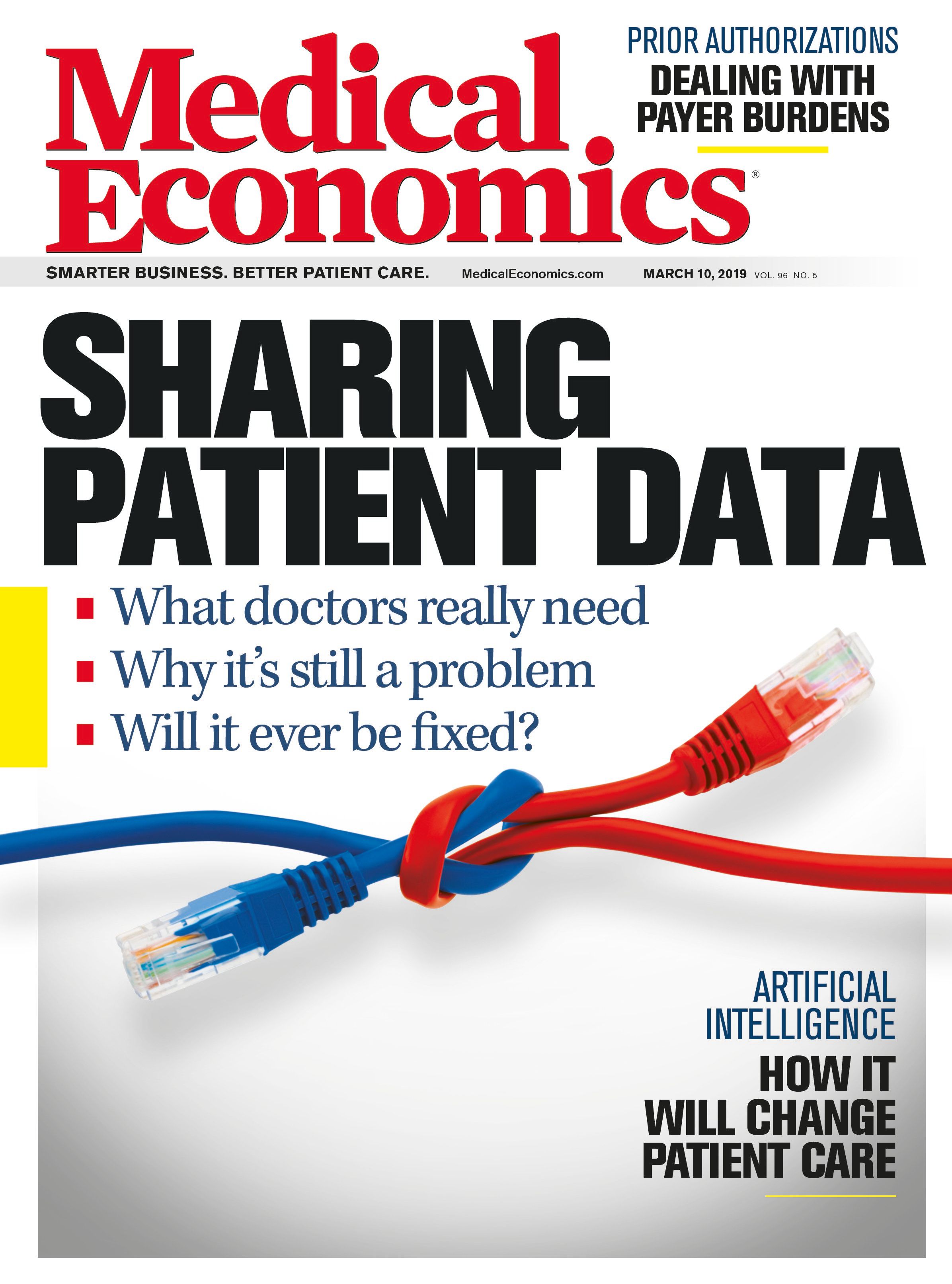Publication
Article
Medical Economics Journal
Your voice: Traditional primary care needs an overhaul
Letters from our readers
©VLADGRIN/Shutterstock.com

Traditional primary care needs an overhaul
Clearly, nurse practitioners will be playing an important role in providing primary care as pointed out by Joyce M. Knestrick, Ph.D., C-FNP, APRN, FAANP, in “Nurse practitioners are critical providers of patient care” (Your Voice, January 10, 2019).
It’s been reported that only about 18% of American medical students are entering primary care residencies. Most primary care doctors are seeing too many patients trying to keep up with the demand for their services. They’re spending too little time with them and too much time with paperwork, for medicine and patients’ needs have become complicated and time consuming. More so than ever before.
The future of primary care training will probably be a hybrid that combines the best of traditional physician training and of nurse practitioner training, a hybrid that will provide the practical skills that are needed to provide care in the new world of medicine.
It will talk about 6 years (after high school) to produce the primary care providers of the future. Most to their training will occur in community health centers, which will also be the training sites for all primary care providers.
Primary care providers will see only about 8 patients in a typical day. Their incomes will be greatly reduced. Some may work in hospital networks or large private organizations; some will be stationed in urgent care centers-some of which will be independent or affiliated with hospitals.
The time has come for primary care to undergo major changes. Traditional primary care training is due for a major overhaul.
Edward Volpintesta, MD
Bethel, Conn.
Discussions of gender pay gaps seeks to divide physicians
The article published in the November 25, 2019, edition of your journal regarding “gender pay gaps” bothers me.
I am a board certified family physician in my 41st year of practice. I am not aware that disclosure of my gender to insurance payers was necessary to negotiate contractual payments, and that checking off the hypothetical male check box would ensure me higher reimbursements. A 99213 is a 99213 no matter who sees the patient.
I would be interested as to how the content of this article was obtained. Was it derived by a blanket look at demographic information and numbers which a biased author wanting to push their own narrative used? Was individualization of each physician taken into account (hours worked, amount of patients seen, amount of procedures conducted, etc.)? Are we to automatically assume that whoever is issuing reimbursement rates for insurance companies are misogynists across the board?
Perhaps pay gaps have nothing to do with gender and everything to do with the other factors mentioned. Perhaps I work harder, smarter, or longer caring for my patients than others do-whether they be male or female. Perhaps I carry a larger patient panel and see higher volumes?
When women (or men) work less hours than I do, it would make sense to be paid less. I find the lack of information as to how this author came about the conclusion that payment gaps amongst physicians can come down to gender and gender only troublesome.
I find it problematic that such an article was chosen for publication. Uniting physicians, both male and female, as opposed to drawing controversy would be more beneficial to us a whole profession. Find a clinic in which there are both male and female counterparts practicing the same specialty, with the same degree credentials, under the same office manager, and show me that their payment reimbursements for individual office codes are unbalanced because of their gender. Then we can have this conversation.
Charles P. Bolotte, MD
Napoleonville, La.






